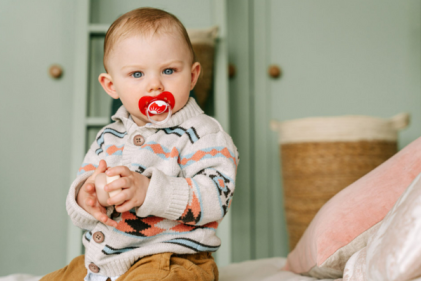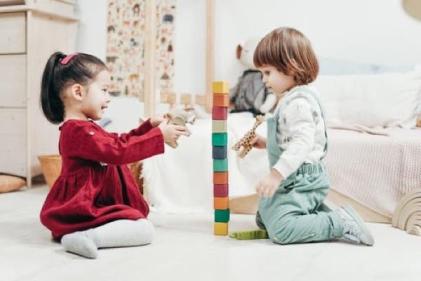There are physical differences between boys' and girls' brains: this is apparent when they grow and even while they are in the womb. Testosterone plays a big part in creating these differences. When boys are born, they have a massive amount of testosterone in them, as much as an adult male. This level drops after birth and becomes insignificant, until it rises again at puberty. Testosterone plays a part in brain chemistry by altering the number of synapses (connections between brain cells). In boys' brains, the testosterone increases the synapses in some areas of the brain and decreases them in others.
The physical differences between boys' and girls' brains is probably why boys are more interested in things that move, such as cars and balls and why girls are more likely to want to nurture things, such as dolls. From tests done on animals, scientists have concluded that testosterone has a positive effect on the interpretation of volume and space.
Areas of the brain grow and develop at different rates between boys and girls. They do all catch up to each other once the children are fully grown. Even so, there are still some physical differences. Male brains tend to be larger, but the significance of this is unknown. Girls have a larger region of the brain that controls language and emotion (the caudate). Girls also have a larger corpus callosum, which connects the two halves of the brain. This means that girls solve problems using both sides of the brain. Boys tend to use one or the other hemisphere, depending on the nature of the problem or task. The differences are minor between boys' and girls' brains, but they do contribute to how the different sexes process information, stimulus and emotions.
According to tests done on boys and girls, they perform equally well in most areas, such as solving maths problems at a young age. Their mathematical ability in later life depends on learning and upbringing, rather than biology. There are a few differences though: girls are better at solving problems that require rapid thinking and manual dexterity. They are also better at remembering and reciting word lists. Boys excel a bit more in spatial tasks, such as arranging blocks.
Although there are different strengths and weaknesses in certain areas of development, children’s brains change constantly, as they read, learn and experience new things. New stimuli develop parts of the brain more and skills that are not put to use will result in parts of the brain becoming more dormant.






